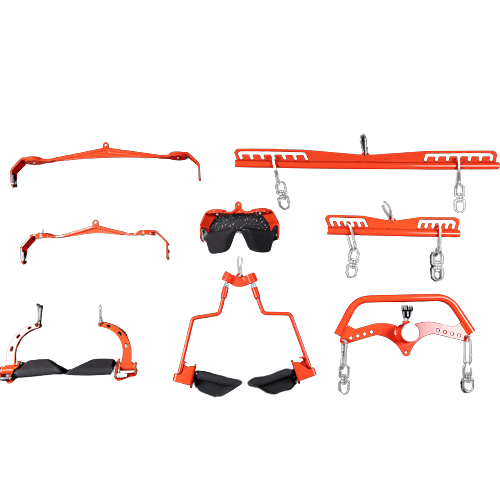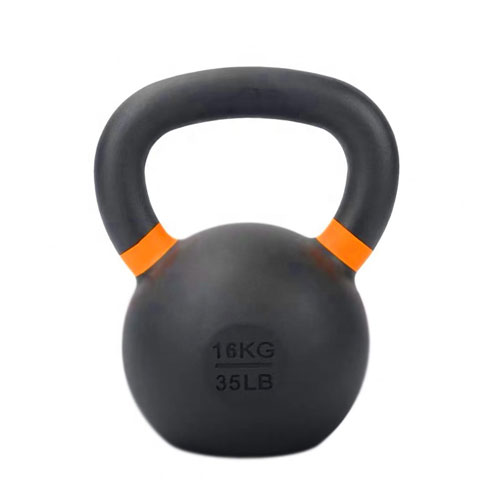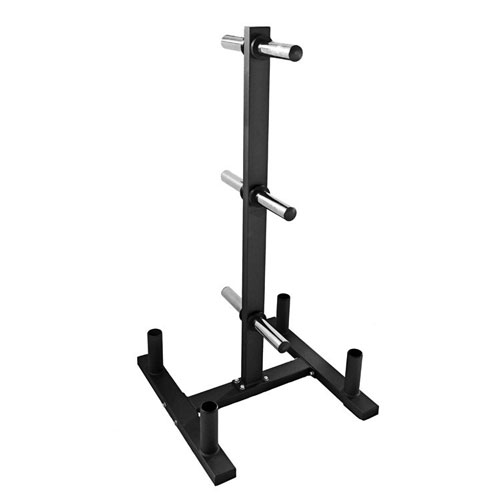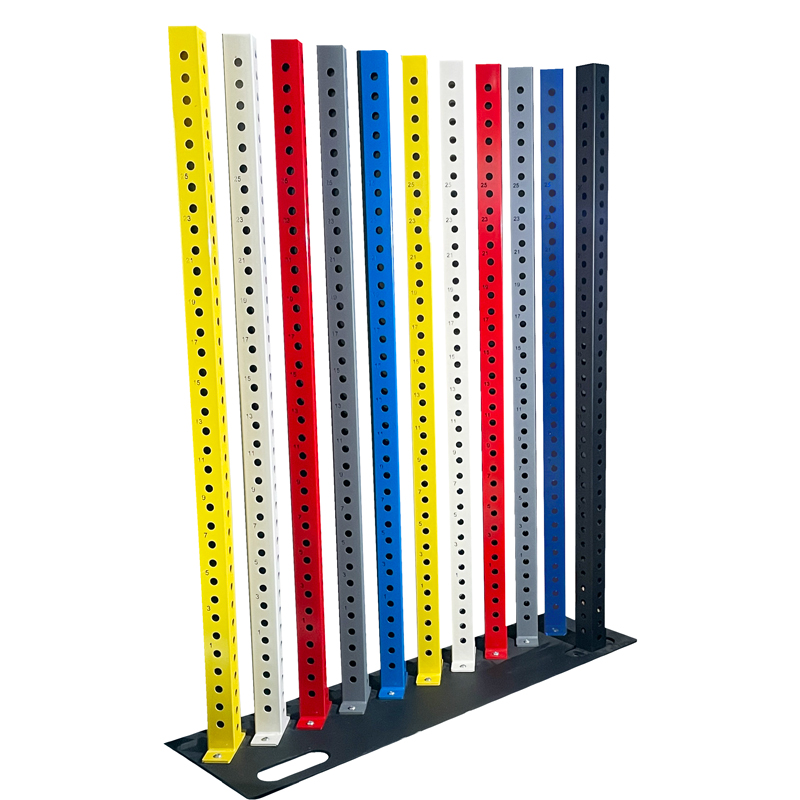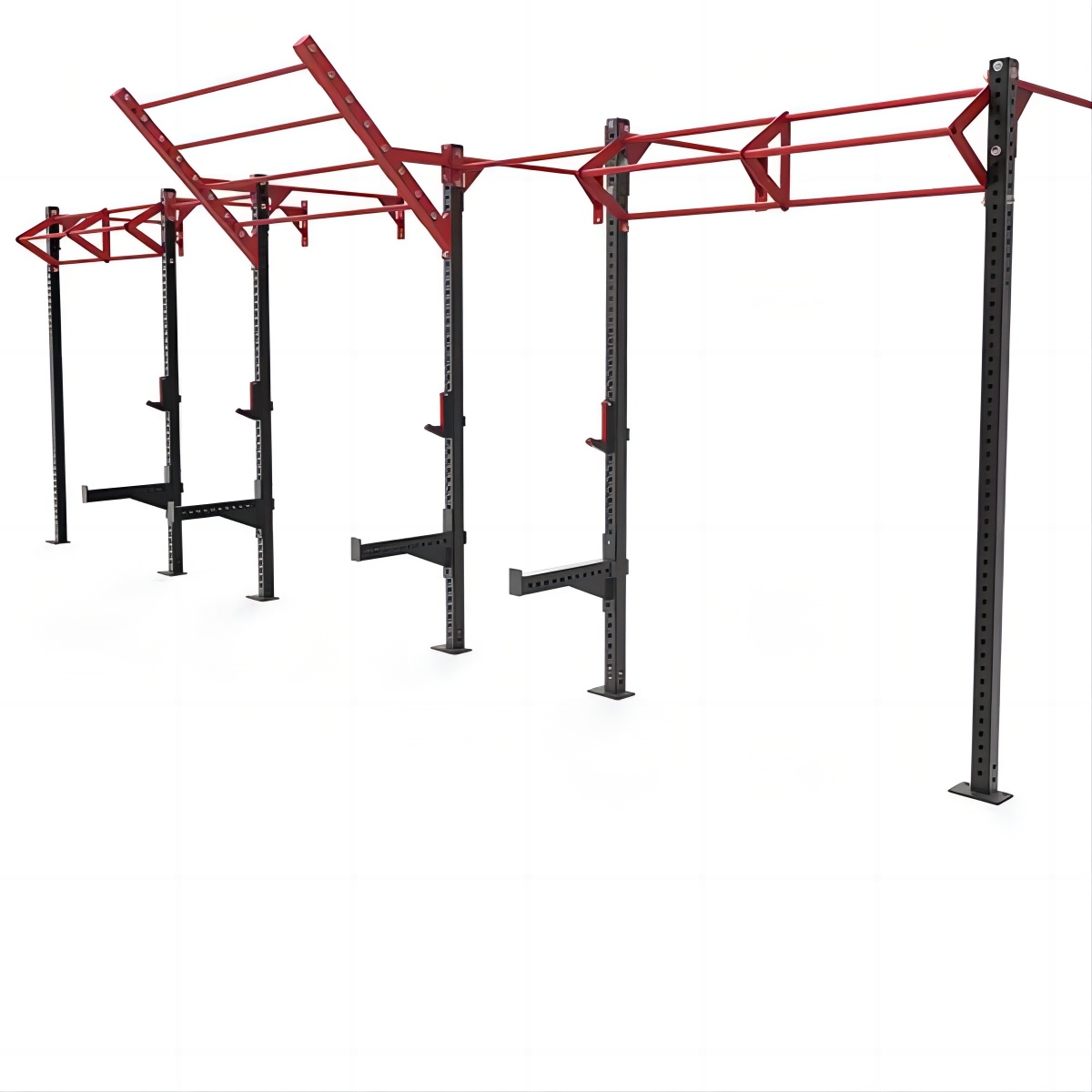How Much Does a Hex Bar Weigh
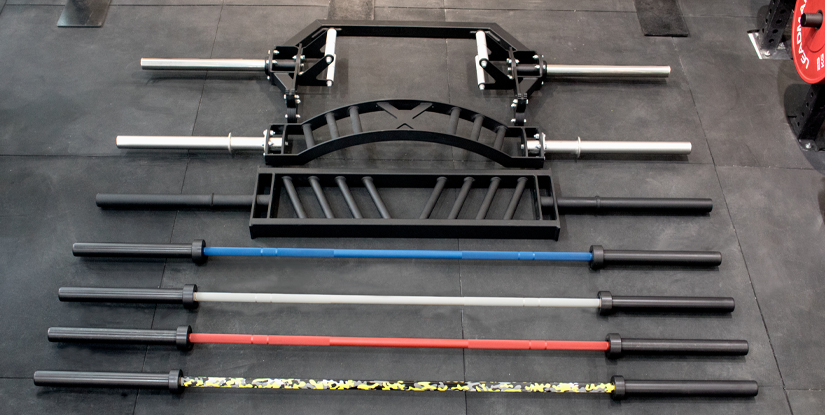
The hex bar, also known as a trap bar, is a versatile piece of equipment commonly used in strength training. Its unique shape helps reduce strain on the lower back while providing a safer alternative to conventional barbell lifts. Understanding the weight of the hex bar is important for selecting the right equipment for your workout. This guide will explain the various hexagonal barbell weight options, the factors that influence their weight, and how the weight impacts your training routine.
Hex Bar Variations
Hex bars are available in various types, each designed to meet specific training requirements. Here's an overview of the most common types:
2-inch Olympic Hex Bars: These are the most commonly used hex bars in gyms, suitable for Olympic weightlifting. They typically weigh between 55 to 150 pounds.
1.5-inch Standard Hex Bars: These are generally lighter and designed for home gym use. They weigh between 50 to 100 pounds.
Trap Bars: These bars have a wider frame and are often used for exercises that require a greater load. Their weight can range from 50 to 190 pounds.
Weight Range of Hex Bars
The weight of hex bars varies depending on the type and intended purpose. Here's a breakdown of common hex bar weight ranges:
| Bar Type | Weight Range |
|---|---|
| Beginner's Hex Bars | 50-80 pounds |
| Intermediate Hex Bars | 80-120 pounds |
| Advanced Hex Bars | 120-150 pounds (up to 190 pounds for trap bars) |
Factors Affecting Hex Bar Weight
Several factors influence the weight of a specialty barbell. Here are the key considerations:
- Bar Length: Longer bars generally weigh more due to the increased material required.
- Sleeve Length: Bars with longer sleeves to hold weights are heavier.
- Material Construction: Hex bars made from different materials (e.g., steel vs. aluminum) will vary in weight.
- Thickness: A thicker bar is usually heavier than a thinner one.
Impact of Hex Bar Weight on Training
The weight of the hex bar plays a significant role in your training routine. Here's how different weight ranges impact your exercises:
- Strength and Power Training: Heavier hex bars are better for building strength and power.
- Endurance Training: Lighter hex bars are ideal for endurance-based exercises.
- Exercise Type: The appropriate hex bar weight depends on the exercise; heavier weights are better for squats and deadlifts, while lighter ones are ideal for shrugs.
Safety Considerations
Safety is paramount when lifting heavy weights. Here are some important safety tips when using hex bars:
- Proper Warm-Up: Always warm up before lifting heavy to prevent injury.
- Correct Form: Maintaining proper form ensures you're lifting safely and effectively.
- Use Spotters: For heavier lifts, always use spotters or safety bars for added security.
Tips for Selecting the Right Specialty Barbell Weight
Choosing the right hex bar weight is essential for a successful training routine. Here are some tips:
- Know Your Fitness Level: Start with a weight that matches your current strength level.
- Progress Gradually: Gradually increase the weight as you become stronger.
- Consult a Trainer: Seek advice from a fitness professional to select the optimal weight for your goals.
Maintenance and Storage of Hex Bars
Proper maintenance and storage of hex bars can prolong their lifespan:
- Regular Cleaning: Wipe down the hex bar regularly to keep it free of dust and sweat.
- Protect Against Rust: Apply a light coating of oil to protect against rust.
- Safe Storage: Store hex bars in a dry, secure area to prevent corrosion and damage.
Leadman Fitness: Your Source for High-Quality Hex Bars
At Leadman Fitness, we offer a wide range of high-quality hex bars designed to meet the needs of both beginner and advanced lifters. Our hex bars are built with durability and performance in mind, made from premium materials that ensure long-lasting use. Whether you are looking for a standard Olympic hex bar or a more specialized trap bar, we have the right equipment for your training goals.
With customizable options available, you can choose the perfect hex bar to match your fitness needs. Leadman Fitness is committed to providing top-tier fitness equipment, including a variety of hex bars, to help you enhance your workout and achieve your fitness objectives safely and effectively. Visit our website to explore our full range of fitness equipment and learn more about how our products can support your training journey.
Conclusion
Understanding the weight of a hex bar is essential for making informed decisions about your training routine. Whether you are a beginner or an advanced lifter, choosing the right hex bar weight will help you maximize your workout results. Always prioritize safety and consult a trainer if needed to ensure you're using the proper weight for your fitness goals. With the right hex bar, you'll be able to improve your strength and enhance your fitness journey.
FAQ About Hex Bar Weight
1. How much does a standard specialty barbell typically weigh?
Hex bars generally weigh between 50 and 150 pounds, depending on the type and purpose.
2. Can I use a lighter hex bar for deadlifts?
Yes, lighter hex bars are often used for exercises like deadlifts and shrugs to improve form and reduce stress on the back.
3. How do I choose the right weight for my hex bar?
Select a weight that aligns with your fitness level and the specific exercises you plan to perform. Gradually increase the weight as you progress.
4. Are trap bars better than regular hex bars?
Trap bars typically allow for heavier loads and can be more comfortable due to their wider frame, making them a great option for advanced lifters.
5. How much does a trap bar weigh in pounds?
The weight of a trap bar typically ranges from 50 to 190 pounds, depending on the type and material.

